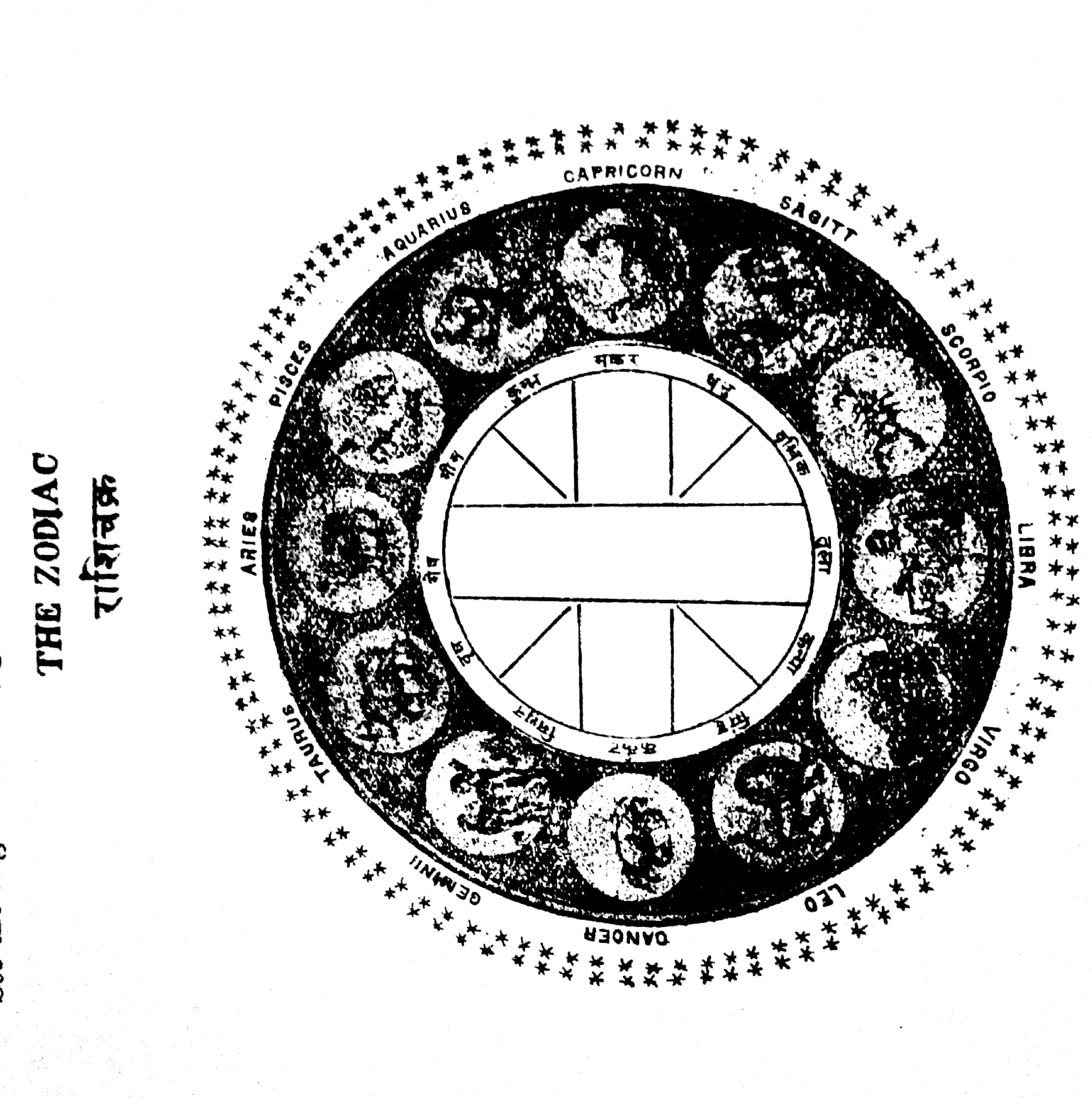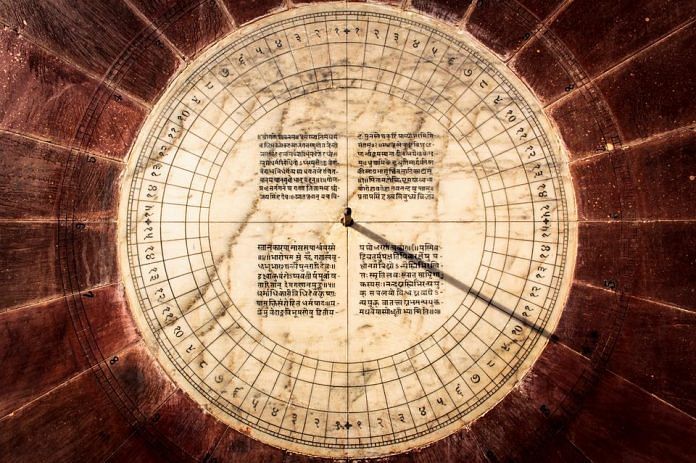In astrological texts spanning over 2,000 years, there are several queer references but none try to offer ‘remedies’.
As the Indian Supreme Court legalised homosexuality this week, we surveyed some of the pre-modern South Asian astrological texts that were shunned as “irrational” and “pseudo-scientific” for its queer references. These works span over 2,000 years beginning from the mythical father of Veda-Vyasa to the more recent astrologer Mahadeva, who composed his work when the draconian Section 377 was being written into law.
- The first work is of Varaha Mihira, the famous astrologer who lived during the Later Gupta Period and is known to have composed some of the finest works in astronomy and astrology. In his seminal work Brihajjatakam, he matter-of-factly notes (Chapter 24, Verse 7) that there are certain planetary positions when a woman “will satisfy her lust by the help of other women having an artificial male organ”. Some of the planetary conjunctions he discusses are when the Saturn is in the navamsa (the divisional ninth chart) of Venus or vice versa, or if they aspect each other, if the ascendant sign is Taurus or Libra, and the ascendant in the navamsa be Aquarius.

- References to lesbian intercourse are found even in the Saravali text ( 8th century CE) written by Kalyan Verma. He notes (Chapter 46, verse 14) that if Venus and Saturn are in mutual aspects at birth for Taurus or Libra ascendant with Saturn’s navamsa then the female concerned will ‘sexually unite with a woman playing the role of a man”.
- The mother of all astrological treatises in India, Brihat Parasara Hora Sastra is believed to have been composed by Parashara. But it cannot be ascribed to a definite temporality. The text could have been composed anytime between 400 BCE to 4th Century CE. In the text, Parashara notes (chapter 18, verse 12-13.5) that the (male) native “will kiss the private parts of a woman” if Venus is in Mars’s navamsa, zodiac sign, or aspects or conjuncts with it. Alternatively, he “will eagerly kiss the male genitals” if Venus is related to Saturn.
Also read: Pre-modern, pre-Section 377 Queer Ramayana shows sages desiring Rama’s body
- When Section 377 was in the process of being formulated in the 1860s, we encounter Mahadeva’s Jataka Tatva- an outlandish text even by astrological standards. The text is replete with methods to determine if the native born at a certain time with certain planetary positions will be queer. A section lists the combinations that determine the birth and behaviour of a transgender person. Out of the ten different combinations, one reads that a person “will be a eunuch or akin to that” (chapter 3, verse 144) if Saturn is sixth or eighth to Venus. It further expounds that if malefic planets are placed in the three out of the four corners of the birth chart, then the native “will cohabit like a quadruped” (Chapter 7, verse 60).
It is easy to cast these texts aside as superstition, but it would be fascinating to interrogate them through the lens of cultural history.
Also read: Sometimes homophobic, sometimes liberal: BJP’s uneven Section 377 journey
We know that Puranas and epics consist of narratives of queerness and same-sex desires. Gods have turned into women, copulated with other gods, some even fluctuated between the two genders, but all of these have transpired at the level of divinity and epic characters. For instance, although Visnu took the form of Mohini and united with Shiva, he was not celebrated as Shiva’s consort. In the larger narrative, these instances remain as “exceptional” examples of inclusivity of ‘non-normative’ behaviours in the fabric of the mainstream narrative or means to demonstrate the acceptance, kindness and benevolence of the god that the text wishes to celebrate. It talks of queerness only in terms of exceptions culled out in an ocean of heterosexual narratives.

However, unlike these texts that speak the language of gods, astrology addresses the world of mortals and their quotidian lives such as marriage, children, wealth, education and property. Sexuality in general and queerness, in particular, are also seen in the framework of the everyday concerns of life and the natural order of things. Interestingly, none of these texts featured any remedy for “curing” homosexuality, though they offer remedies on how to get rid of the evil eye, marriage problems, property dispute between siblings and so on.
The authors are graduate students of history and art history at Mcgill University and the University of Wisconsin Madison. They accessed the Brihajjatakam of Varhamihira at the UW Madison Library.




